
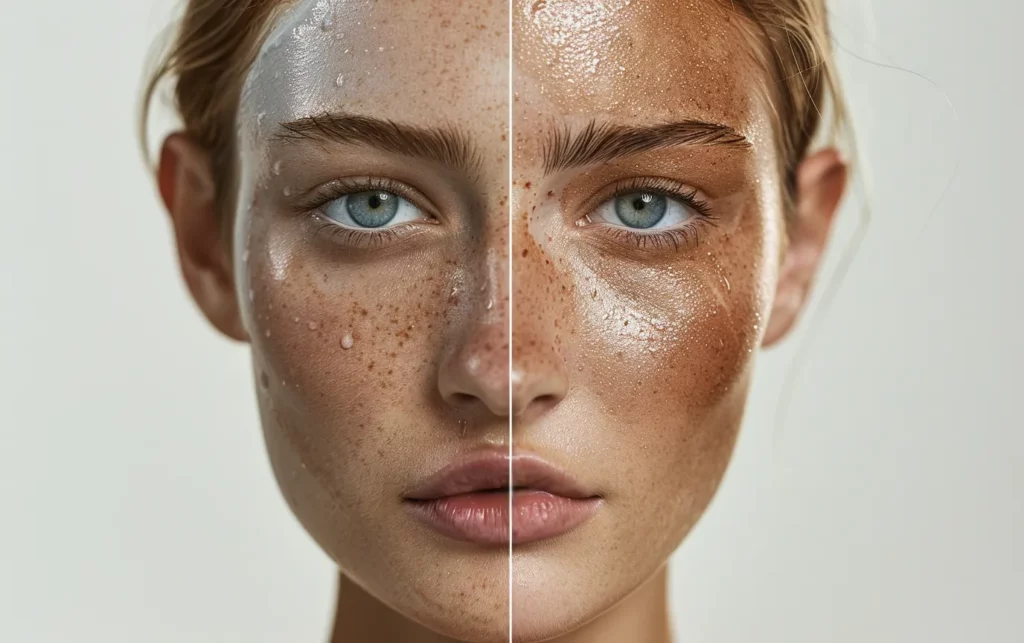
In our quest for radiant, healthy skin, we often find ourselves navigating a labyrinth of skincare advice, products, and treatments.
Dr. Andrew Huberman of Stanford University aims to demystify the science of skin health, offering a deep dive into dermatological research and expert insights.
He explores everything from the intricate molecular structure of skin to the most advanced treatments for common dermatological conditions, providing you with a solid foundation for understanding and improving your skin health.

The Fascinating World of Skin Biology
Our skin is an incredibly complex organ, serving as our first line of defense against environmental stressors.
Let’s break down its structure and function in detail:
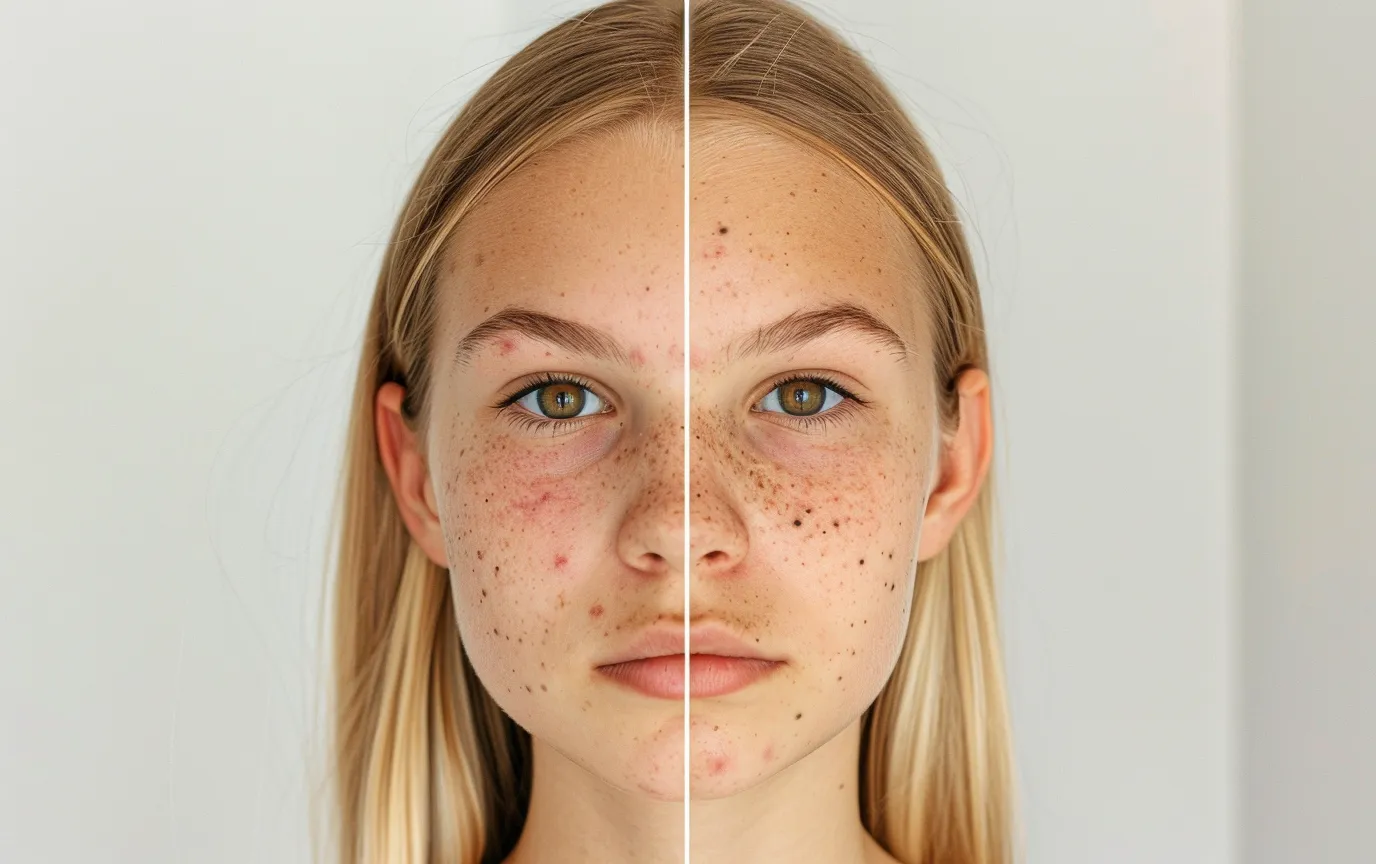
Epidermis:
The outermost layer, comprised of:
- Stratum corneum (horny layer): Made up of 15-20 layers of dead, flattened cells called corneocytes
- Keratinocytes: The main cell type, producing keratin for skin strength
- Melanocytes: Pigment-producing cells that give skin its color
- Langerhans cells: Immune cells that help protect against pathogens
- Merkel cells: Touch receptors for fine discrimination of shapes and textures
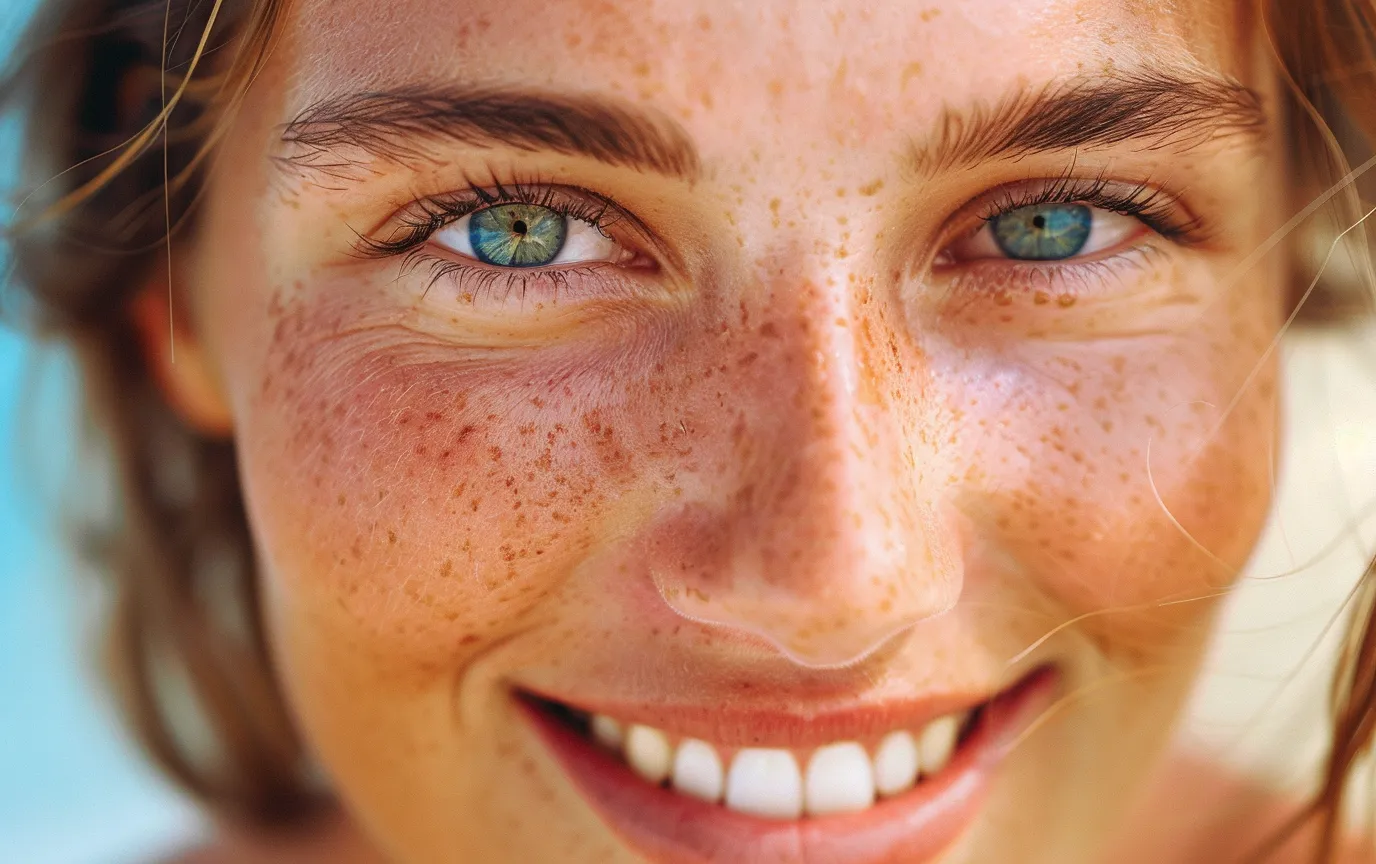
Dermis:
The middle layer, containing:
- Collagen fibers (Types I, III, and V): Provide strength and support
- Elastin fibers: Give skin its elasticity
- Glycosaminoglycans (GAGs): Help retain moisture
- Fibroblasts: Cells that produce collagen, elastin, and GAGs
- Blood vessels and capillaries: Nourish the skin and regulate temperature
- Nerve endings: Allow for sensations of touch, pressure, and temperature
- Hair follicles and sebaceous glands: Produce hair and sebum (skin oil)
- Eccrine and apocrine sweat glands: Regulate body temperature and produce body odor
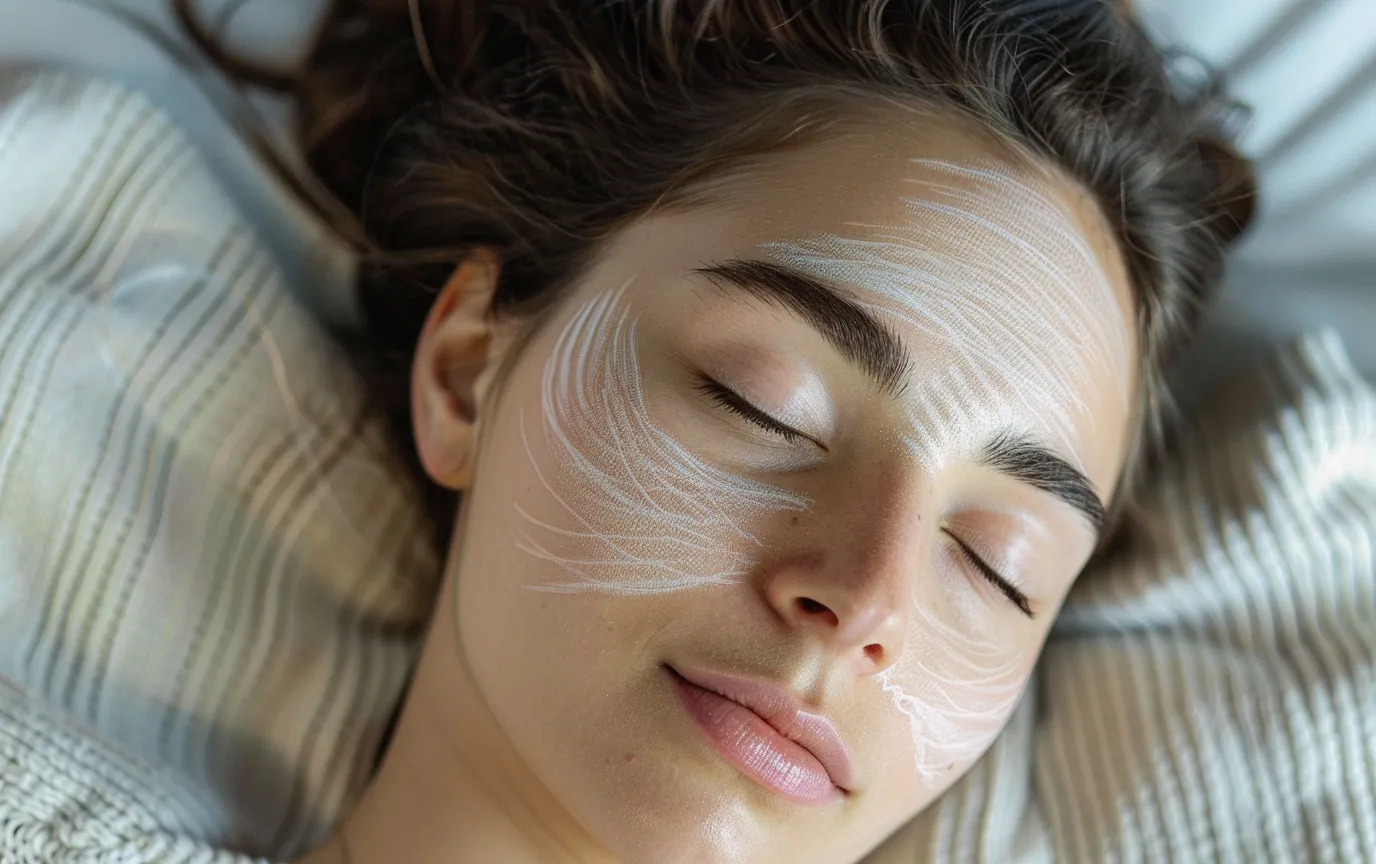
Hypodermis (Subcutaneous fat):
The deepest layer, consisting of:
- Adipose tissue: Insulates the body and provides a cushion
- Larger blood vessels and nerves: Connect to the rest of the body
- Collagen fibers: Connect the hypodermis to the dermis
Each layer plays a crucial role in maintaining skin health, from providing a physical barrier to regulating body temperature and synthesizing vitamin D.
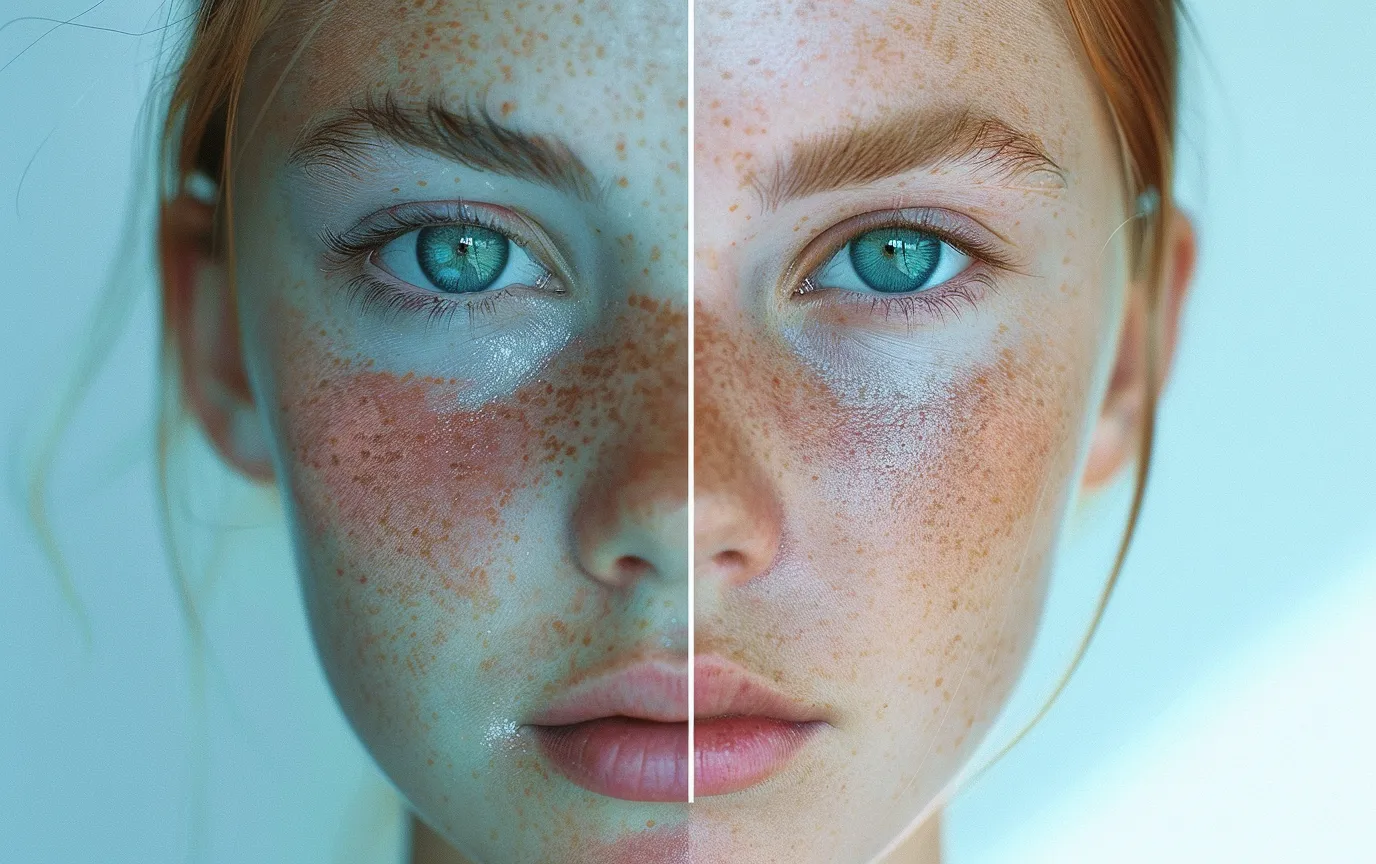
Why Understanding the Structure of Skin is Important
Your skin is a marvel of biological engineering. Each layer and component works in concert to protect you, regulate your body, and interact with the world around you:
- The epidermis acts as your body’s frontline defense, with dead cells forming a protective barrier and living cells beneath constantly renewing this shield.
- The dermis is your skin’s support system, providing strength, elasticity, and nourishment. It’s where the real “aging” happens, as collagen and elastin break down over time.
- The hypodermis insulates and cushions, while connecting your skin to the rest of your body.
Understanding this system helps you grasp why certain skincare approaches work (or don’t).
For example, why deep hydration matters (it plumps up the dermis), or why exfoliation can be beneficial (it helps clear dead cells from the epidermis).
This knowledge empowers you to make smarter choices about skin health, focusing on strategies that work with your skin’s natural processes rather than against them.

The Sun-Skin Relationship: A Double-Edged Sword
The sun’s impact on our skin is complex and multifaceted. While excessive exposure can lead to skin damage and increased cancer risk, some sunlight is essential for our overall health.
The Benefits of Sunlight
Vitamin D Synthesis:
UVB rays trigger vitamin D production in the skin.
- Recommended daily intake: 600-800 IU for most adults (Institute of Medicine)
- Some experts, like Dr. Michael Holick, suggest up to 1,000-4,000 IU daily
- Factors affecting synthesis: skin tone, age, latitude, time of day, season

Hormone Regulation:
Sunlight exposure can influence:
- Testosterone levels: potentially increasing by 69% after sun exposure (Univesity of Graz study)
- Estrogen production: may help balance estrogen levels in postmenopausal women
- Serotonin and dopamine release: potentially improving mood and reducing symptoms of seasonal affective disorder (SAD)
Circadian Rhythm Regulation:
Morning sunlight exposure can help synchronize our internal body clock by suppressing melatonin production and increasing cortisol levels.

The Risks of Excessive Sun Exposure
DNA Damage:
UV light, particularly UVB rays, can damage DNA in skin cells. This damage forms specific structures called cyclobutane pyrimidine dimers (CPDs) and 6-4 photoproducts. If not repaired, these DNA changes can lead to mutations that increase the risk of skin cancer.
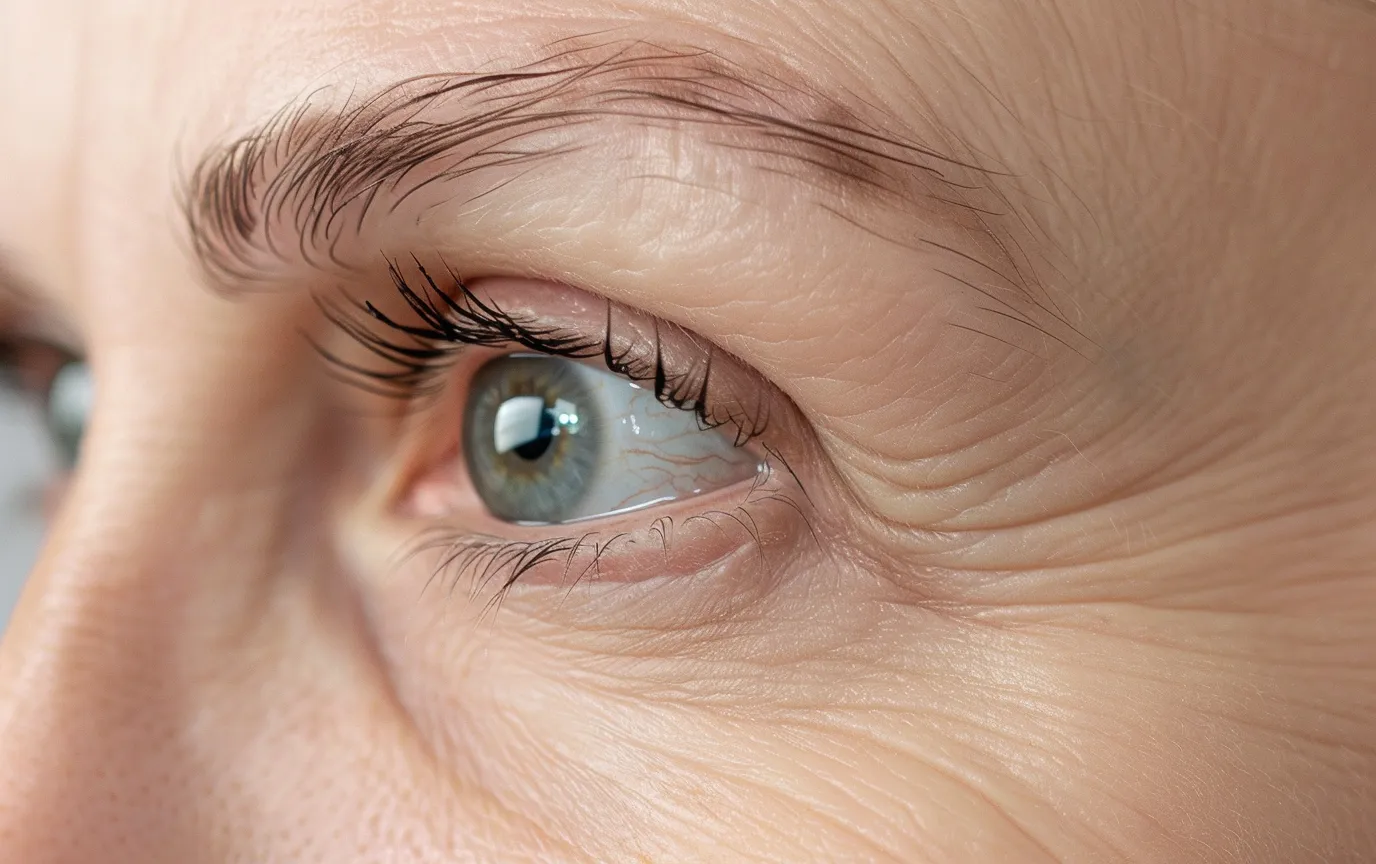
Accelerated Aging:
UVA rays trigger enzymes called matrix metalloproteinases (MMPs) in the skin. These MMPs break down collagen and elastin, the proteins responsible for skin’s firmness and elasticity. This breakdown leads to premature wrinkles and sagging.
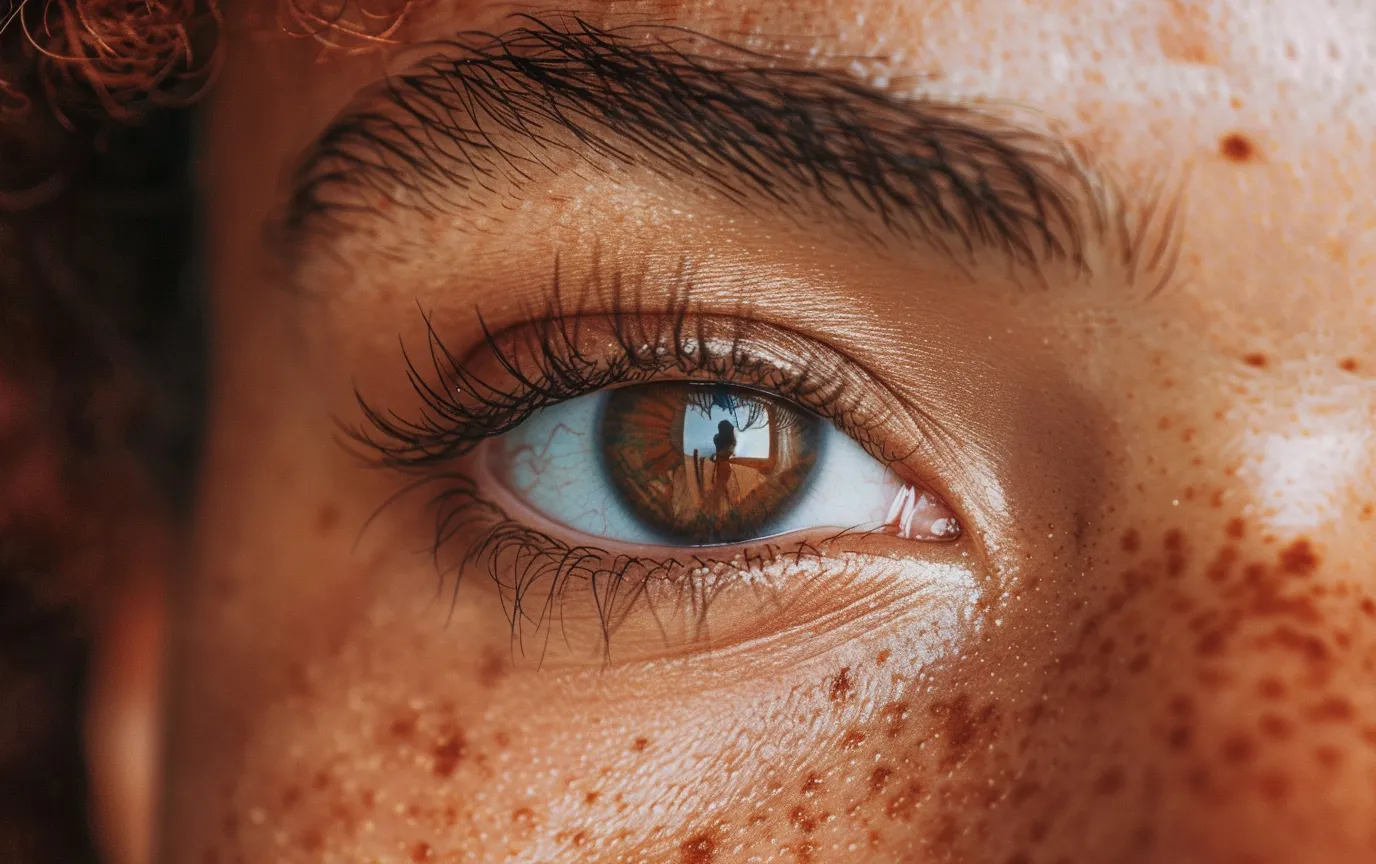
Hyperpigmentation:
Overexposure can trigger excess melanin production through the activation of tyrosinase enzyme, causing age spots and uneven skin tone.
Immunosuppression:
UV light weakens skin immunity by damaging Langerhans cells and T lymphocytes, two key components of the skin’s defense system. This immunosuppression can make the skin more vulnerable to infections and increase the risk of skin cancer.
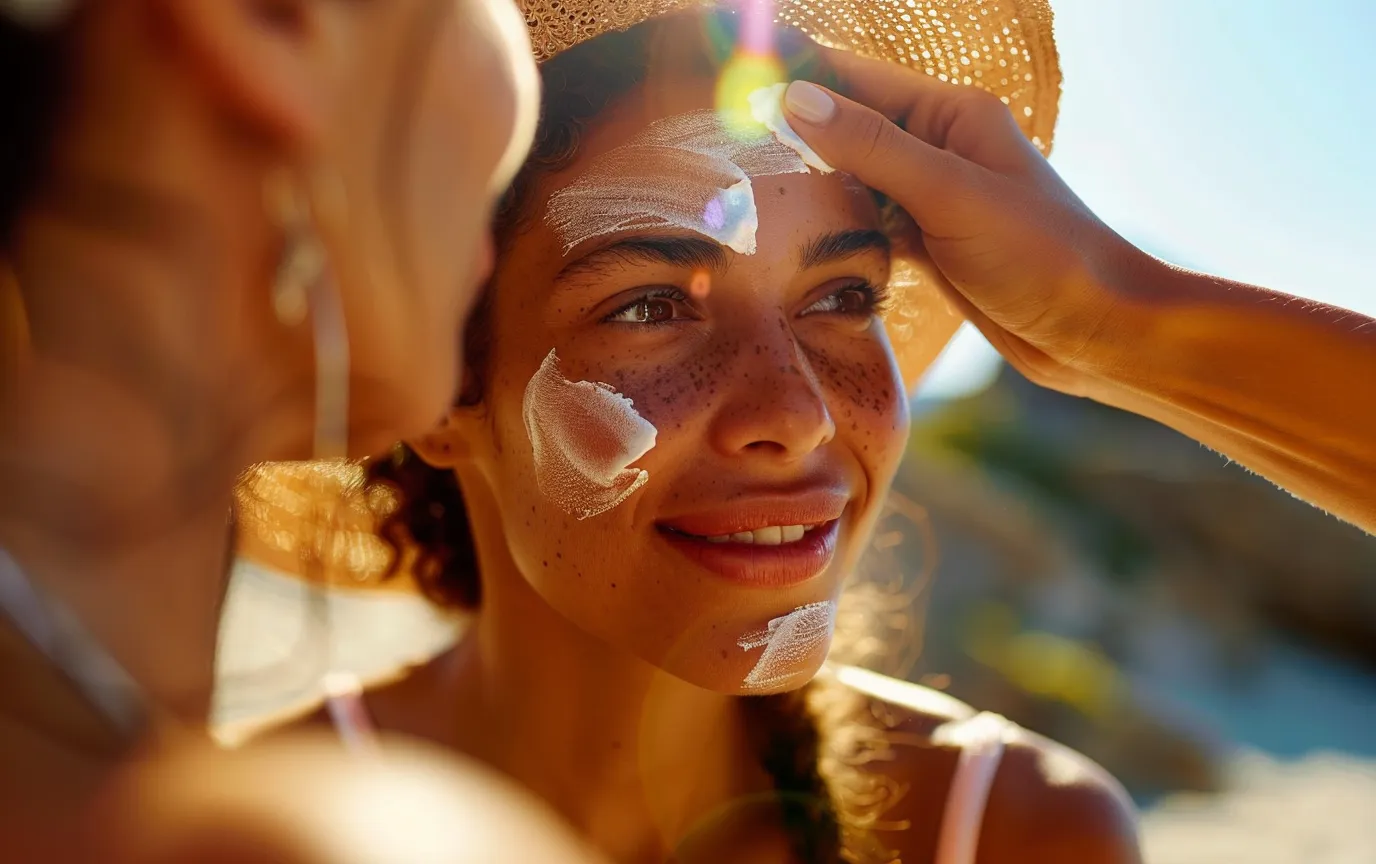
Sunscreen: Navigating the Options
The sunscreen market can be overwhelming. Here’s a detailed breakdown of your options:
Mineral-based Sunscreens
- Active Ingredients:
- Zinc oxide (ZnO): Broad-spectrum protection, FDA-approved in concentrations up to 25%
- Titanium dioxide (TiO2): Primarily UVB protection, FDA-approved in concentrations up to 25%
- Mechanism: Reflect and scatter UV rays through the creation of a physical barrier on the skin
- Pros:
- Generally considered safer for sensitive skin and the environment
- Effective immediately upon application
- Stable in sunlight, requiring less frequent reapplication
- Cons:
- Can leave a white cast, especially on darker skin tones
- May feel heavy or greasy on the skin
- Can be more difficult to apply evenly
Expert Recommendation: Choose a broad-spectrum, mineral-based sunscreen with at least 20% zinc oxide for optimal protection. Look for micronized or nano-sized particles for better cosmetic elegance.
Chemical Sunscreens
- Common Ingredients:
- Oxybenzone: Broad-spectrum protection, but potential environmental concerns
- Avobenzone: Excellent UVA protection, but can be unstable
- Octisalate: UVB protection, often used to stabilize avobenzone
- Octocrylene: Broad-spectrum protection, helps stabilize other sunscreen agents
- Homosalate: UVB protection, helps sunscreen spread easily on skin
- Mechanism: Absorb UV rays and convert them into heat
- Pros:
- Usually more lightweight and easier to spread
- Can be formulated into more elegant, cosmetically appealing products
- Often more water-resistant
- Cons:
- Some ingredients (e.g., oxybenzone) may have potential endocrine-disrupting effects
- Can irritate sensitive skin
- Require about 20 minutes to become effective after application
Safety Note: The FDA has called for more research on the systemic absorption and potential long-term effects of chemical sunscreen ingredients. Avoid using chemical sunscreens on children under 6 months old.
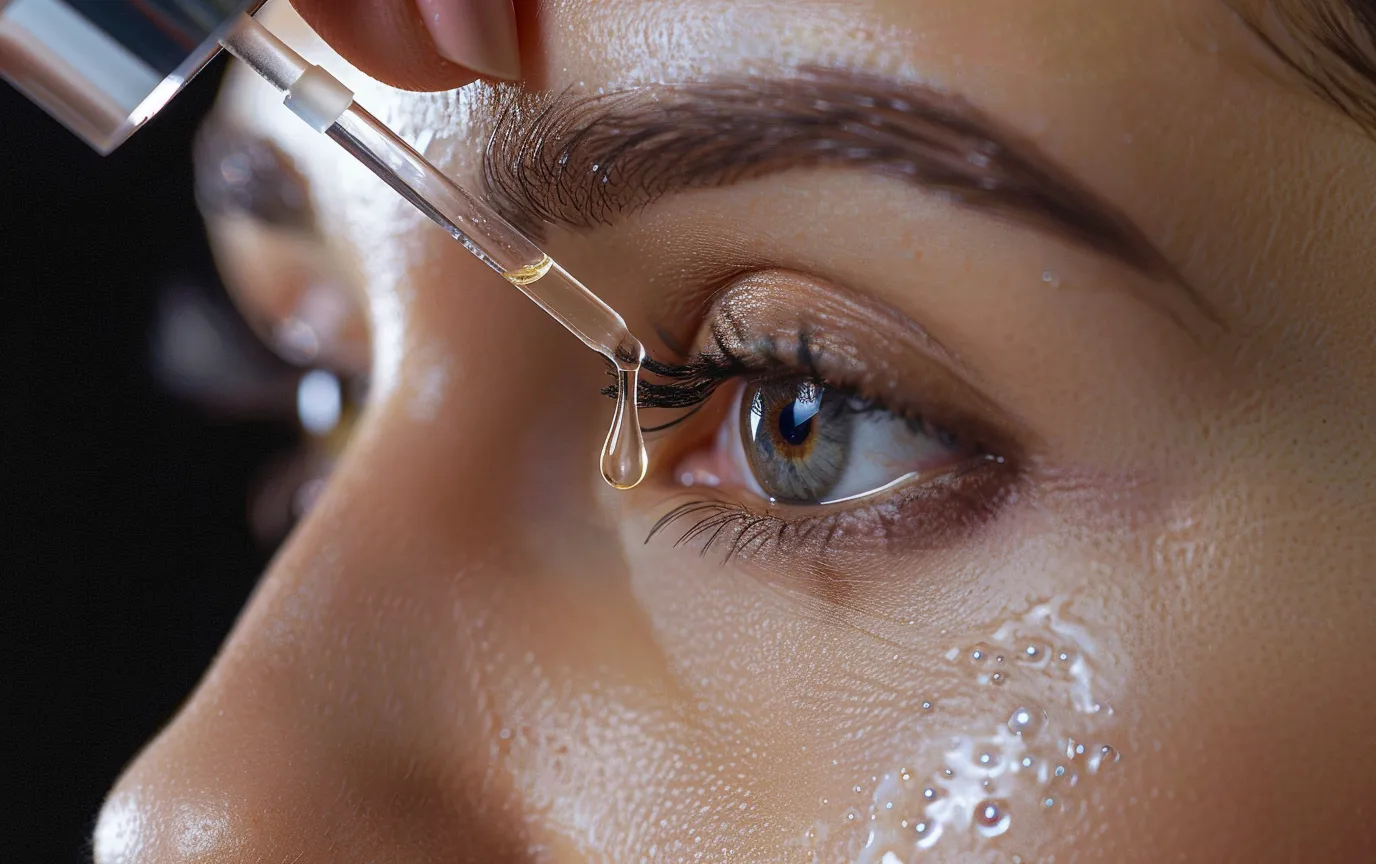
Cutting-Edge Strategies for Youthful Skin
Collagen: The Fountain of Youth?
Collagen, comprising about 75-80% of skin’s dry weight, plays a crucial role in maintaining skin elasticity and firmness.
Collagen Supplementation:
- Dosage: 2.5-15 grams of hydrolyzed collagen daily
- Types:
- Type I: Most abundant in skin, derived from bovine or marine sources
- Type II: Found in cartilage, often used for joint health
- Type III: Found alongside Type I in skin, especially in young skin
- Pair with: 250-1000mg of Vitamin C for enhanced absorption (ascorbic acid increases collagen synthesis)
- Potential benefits:
- Improved skin elasticity (up to 13% increase after 4 weeks in one study)
- Enhanced skin hydration (up to 28% increase in some studies)
- Reduced wrinkle depth (average of 27% reduction in eye wrinkle volume in a 2014 study)

Food Sources of Collagen:
- Bone broth: Contains Types I and III collagen
- Fish with edible bones (sardines, salmon): Rich in marine collagen
- Egg whites: Contains glycine and proline, key amino acids for collagen production
- Berries: High in vitamin C, crucial for collagen synthesis
- Leafy greens: Contain chlorophyll, which may increase procollagen in skin
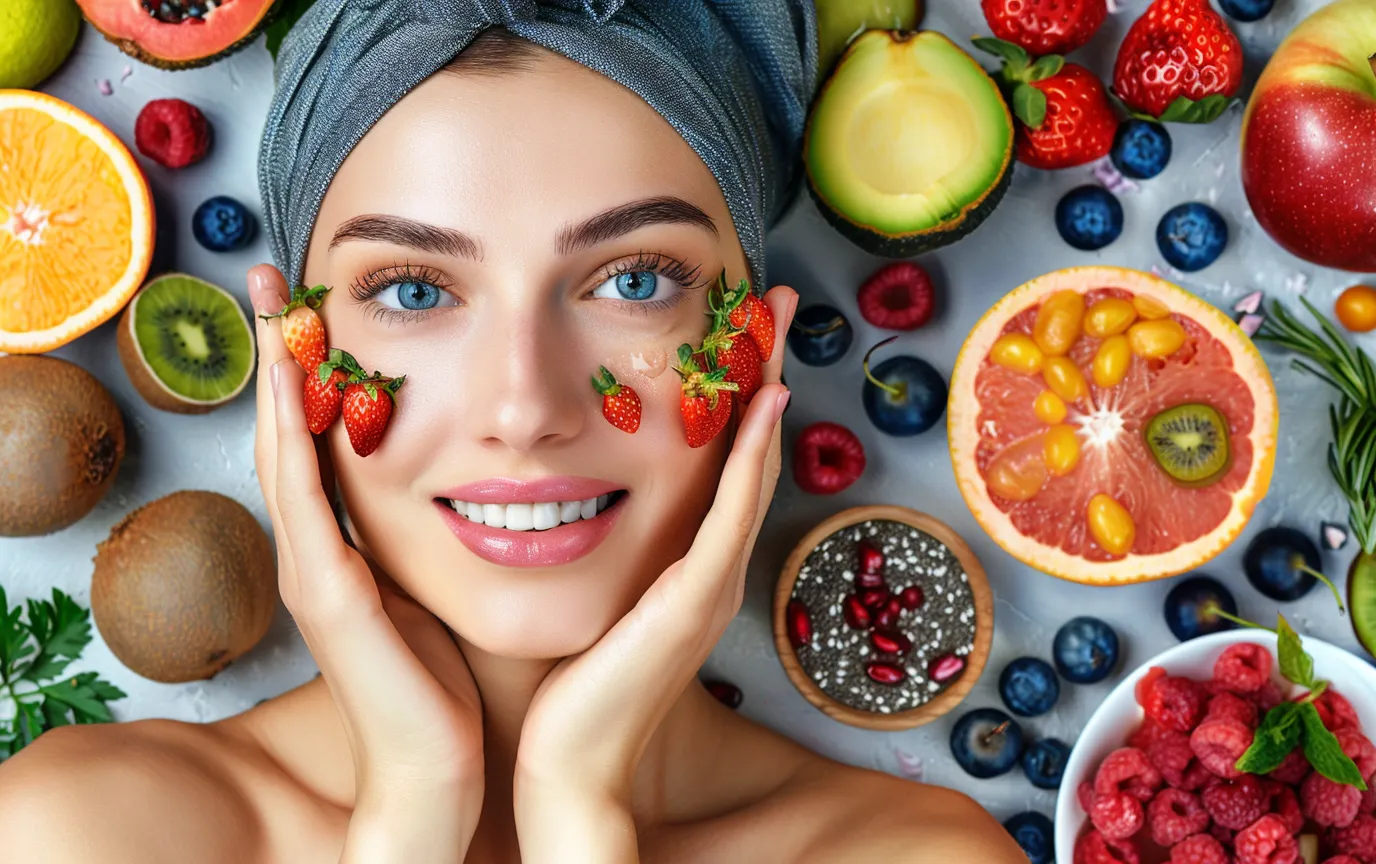
Niacinamide: The Multi-Tasking Miracle Worker
Niacinamide, also known as nicotinamide or vitamin B3, offers a wide array of skin benefits:
- Boosts ceramide production by up to 50%, improving skin barrier function
- Regulates oil production, potentially reducing acne
- Reduces inflammation through inhibition of inflammatory cytokines
- Fades hyperpigmentation by inhibiting melanosome transfer
- Strengthens the skin barrier, improving moisture retention
Usage of Niascinamide B3 Supplements and Topicals
- Oral supplementation: 500mg twice daily (shown to reduce skin cancer risk in high-risk patients)
- Topical application: Look for products with 2-10% concentration
- 2% for sensitive skin or beginners
- 5% for most skin types and concerns
- 10% for more stubborn issues (e.g., severe hyperpigmentation)

Retinoids: The Gold Standard in Anti-Aging
Retinoids, derived from vitamin A, are powerhouse ingredients in the fight against aging skin.
Types of Retinoids:
- Prescription-strength (e.g., tretinoin, tazarotene)
- Over-the-counter retinol
- Retinoid esters (e.g., retinyl palmitate, retinyl acetate)
Benefits of Retinoids:
- Accelerates cell turnover (from 28 days to 14-16 days in some studies)
- Boosts collagen production by up to 80% in aged skin
- Improves skin texture and tone
- Reduces fine lines and wrinkles (up to 87% improvement in one long-term study)
- May help with acne by reducing inflammation and unclogging pores
Retinoid Usage Tips:
- Start with a low concentration (0.01-0.03% for tretinoin, 0.25-0.5% for retinol) and gradually increase
- Apply at night, as retinoids can increase sun sensitivity
- Always pair with broad-spectrum sunscreen during the day
- Expect a “retinization” period of 4-6 weeks as skin adjusts
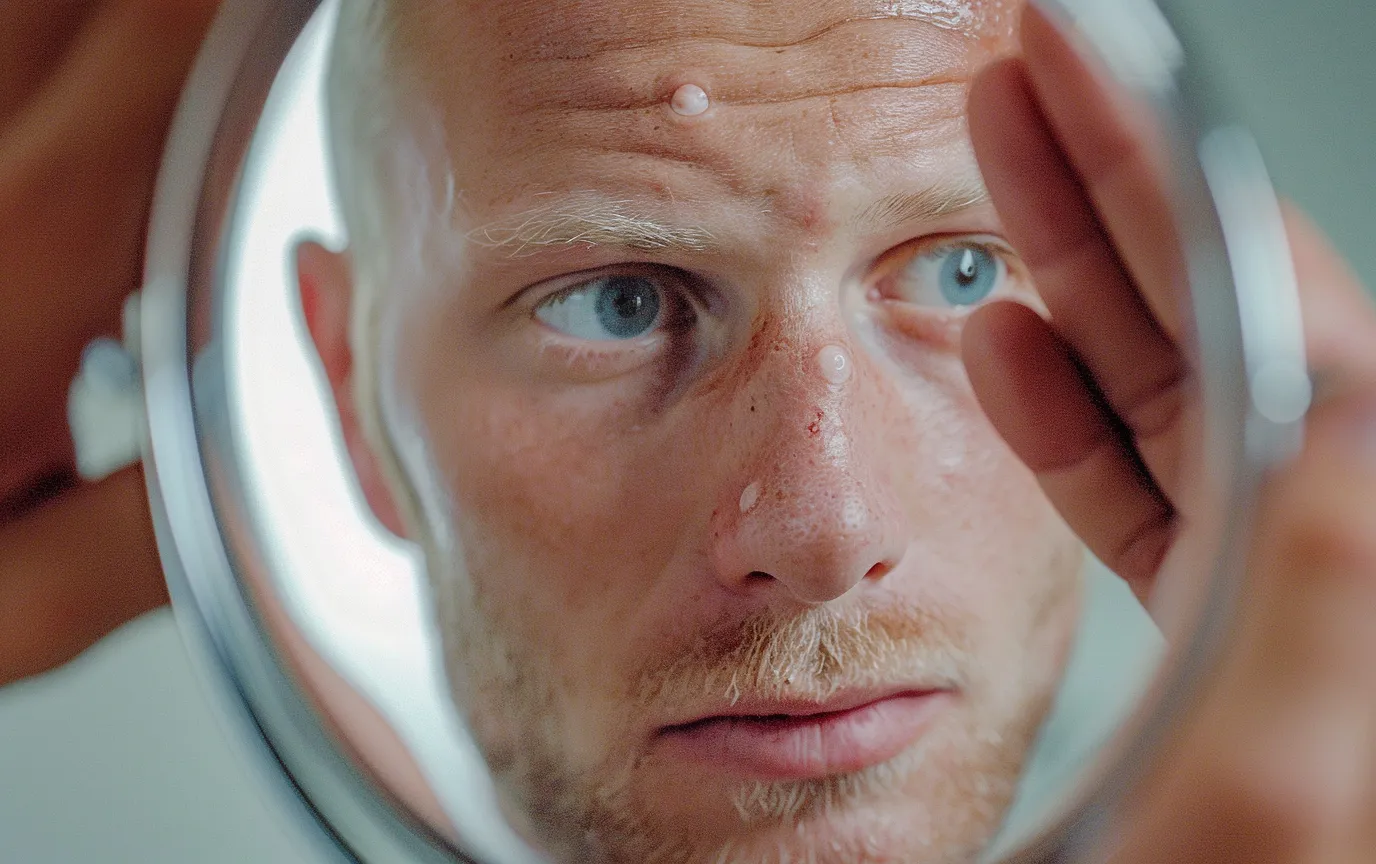
Advanced Treatments for Common Skin Conditions
Acne: A Multi-Faceted Approach
- Cleansing: Use gentle, pH-balanced cleansers (pH 5.5-7) twice daily
- Exfoliation: Incorporate salicylic acid (BHA, 1-2%) or glycolic acid (AHA, 5-10%) 2-3 times weekly
- Treatment:
- Benzoyl peroxide (2.5-5%) for bacterial acne
- Niacinamide (5%) for inflammation reduction
- Adapalene (0.1%) for long-term management and prevention
- Diet: Consider reducing:
- Dairy (especially skim milk)
- High-glycemic foods (GI > 70)
- Whey protein (consider plant-based alternatives)
- Hormonal Management: For women, options include:
- Combined oral contraceptives (e.g., Yaz, Ortho Tri-Cyclen)
- Spironolactone (50-200mg daily)
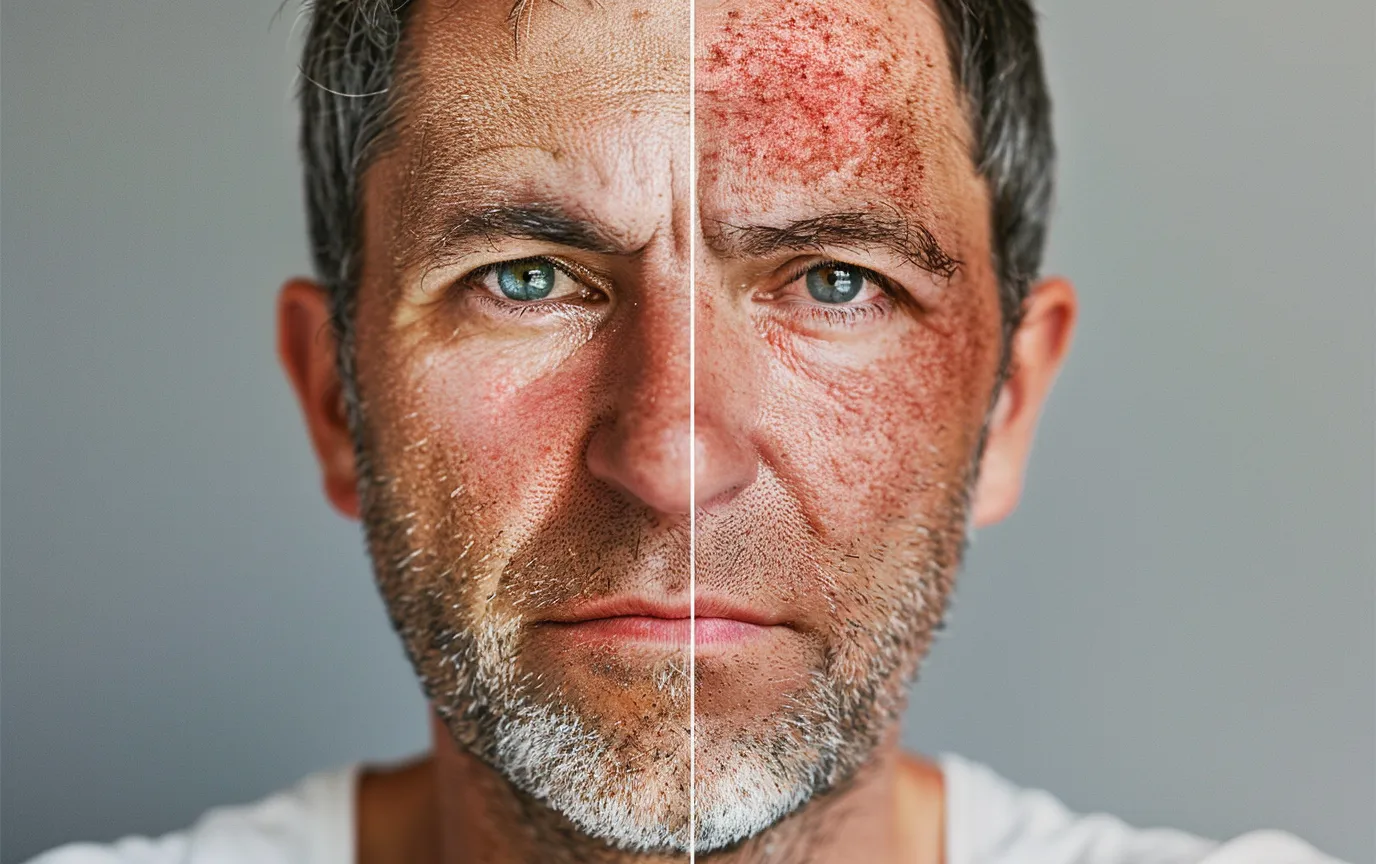
Rosacea: Calming the Storm
Rosacea is a chronic skin condition that causes:
- Persistent facial redness, mainly on cheeks, nose, chin, and forehead
- Visible, small blood vessels on the face
- Acne-like bumps and pus-filled spots
- Easily irritated, sensitive skin
These symptoms tend to flare up and subside over time, varying in severity among individuals.
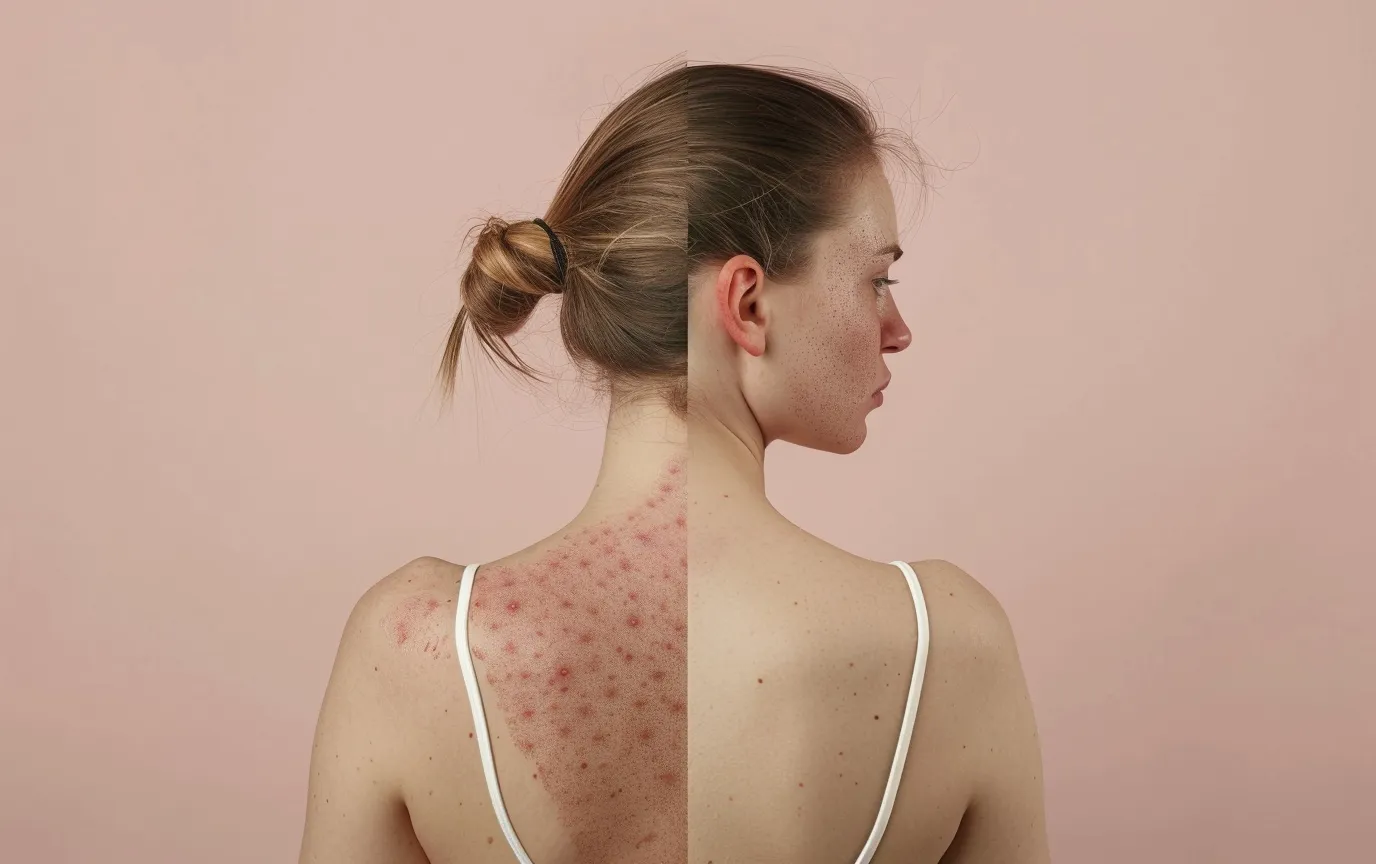
Steps for Treating Rosacea
Identify Triggers: Common culprits include alcohol, spicy foods, extreme temperatures, and certain skincare ingredients (e.g., alcohol, fragrance)
Skincare:
- Use sulfur-based (1-10%) or azelaic acid (15-20%) products
- Incorporate soothing ingredients like centella asiatica, licorice root, and green tea extract
Sun Protection: Non-negotiable; use mineral sunscreens with SPF 30+ and high UVA protection
Advanced Rosacea Treatments:
- Oral antibiotics (e.g., doxycycline 40mg modified release) for severe cases
- Topical ivermectin (1%) for papulopustular rosacea
- Laser therapy (e.g., pulsed dye laser, Nd:YAG) for visible blood vessels
Emerging Therapies for Rosacea:
- Microbiome-based treatments targeting Demodex mites
- Novel anti-inflammatory compounds (e.g., KPL-716)
Psoriasis: Beyond Skin Deep
Recent research has revolutionized our understanding of psoriasis as an immune-mediated condition, leading to more targeted therapies.
Treatment Options:
- Topical:
-
- Corticosteroids (e.g., betamethasone dipropionate)
- Vitamin D analogs (e.g., calcipotriene)
- Retinoids (e.g., tazarotene)
- Systemic:
-
- Methotrexate (7.5-25mg weekly)
- Cyclosporine (2.5-5mg/kg daily)
- Biologics: Target specific immune pathways
- IL-17 inhibitors (e.g., secukinumab, ixekizumab)
- IL-23 inhibitors (e.g., guselkumab, risankizumab)
- TNF-α inhibitors (e.g., adalimumab, etanercept)
- Phototherapy:
-
- Narrowband UVB (311-313 nm)
- PUVA (Psoralen + UVA)

Lifestyle Modifications:
- Stress reduction techniques (e.g., mindfulness meditation, progressive muscle relaxation)
- Anti-inflammatory diet rich in omega-3 fatty acids (e.g., fatty fish, flaxseed)
- Regular, gentle exercise (e.g., swimming, yoga)
- Smoking cessation and alcohol moderation
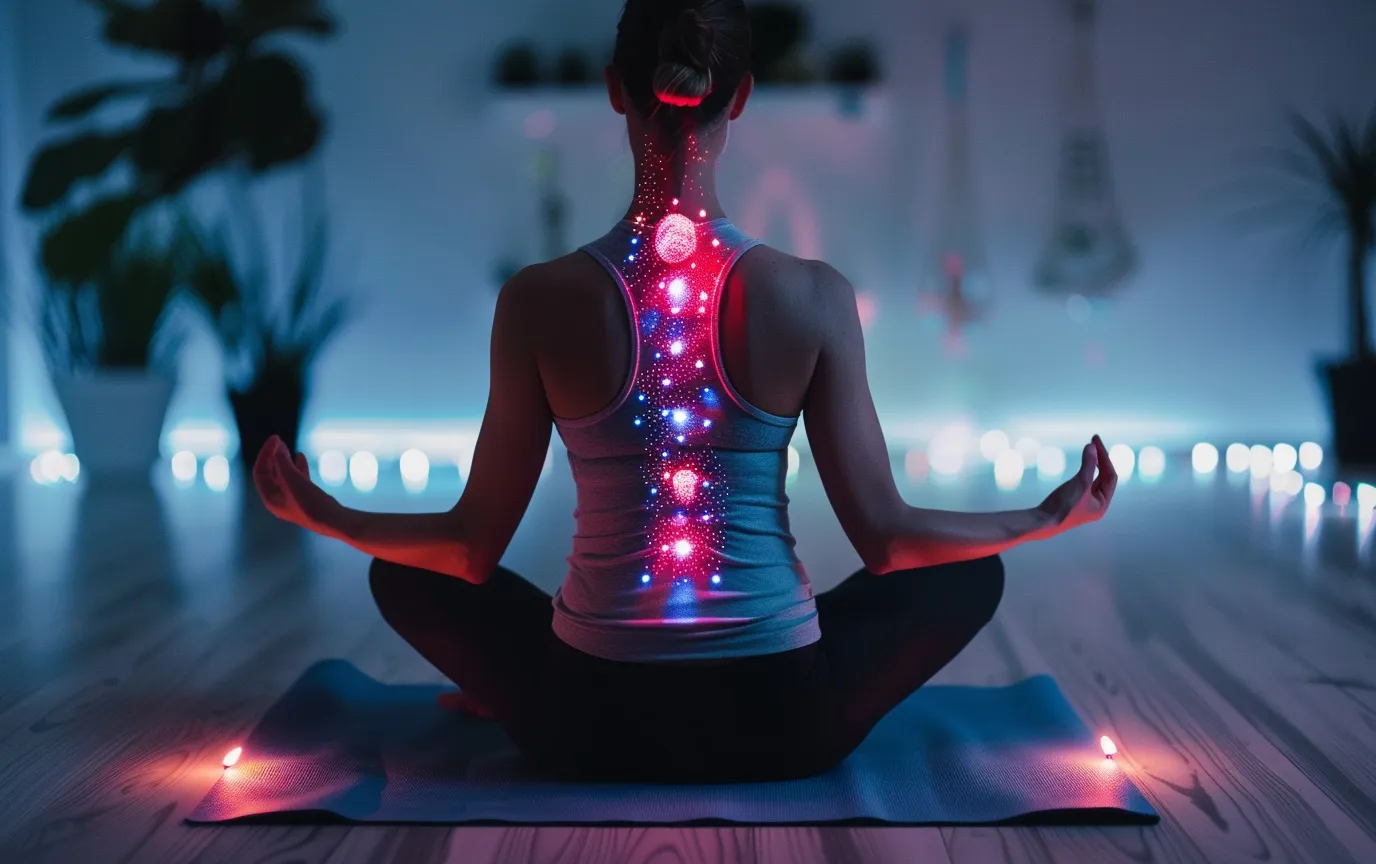
The Skin-Brain Connection: Neuroplasticity and Touch
Dr. Huberman has emphasized the importance of touch and its effects on both skin and brain health.
This connection is deeply rooted in our nervous system and can have profound effects on our overall well-being.
Neuroplasticity and Skin Sensations:
- The skin contains various types of touch receptors, including Merkel cells, Meissner’s corpuscles, and Pacinian corpuscles
- Regular, gentle touch can increase the density and sensitivity of these receptors
- This increased sensitivity can lead to enhanced neural connections in the brain, promoting neuroplasticity
Benefits of Touch for Skin and Mental Health:
- Increases oxytocin release, which can reduce stress and promote skin healing
- Stimulates the vagus nerve, potentially improving skin conditions related to inflammation
- May help in reducing cortisol levels, indirectly benefiting skin health by mitigating stress-related skin issues
Practical Applications:
- Consider incorporating regular massage into your skincare routine
- Practice self-massage techniques, such as gua sha or facial rolling
- Engage in activities that involve positive touch, like partner massage or cuddling with pets

Cold Exposure and Skin Health
Many health specialists have pointed to the potential benefits of cold exposure for various aspects of health, including potential skin benefits.
Physiological Effects of Cold Exposure on Skin:
- Vasoconstriction followed by vasodilation, potentially improving circulation
- Activation of brown adipose tissue, which may indirectly benefit skin metabolism
- Potential reduction in inflammation and puffiness
Potential Benefits for Skin:
- Improved blood flow, potentially enhancing nutrient delivery to skin cells
- Possible reduction in inflammatory skin conditions
- May help in tightening pores and reducing excess oil production
Practical Applications:
- Consider incorporating cold showers or face plunges into your routine
- Use cold jade rollers or ice globes as part of your skincare regimen
- Practice contrast therapy (alternating hot and cold) for potential circulatory benefits
Caution: Always consult with a healthcare professional before starting any cold exposure regimen, especially if you have pre-existing health conditions.
Circadian Rhythms and Skin Health
Circadian rhythms are important for overall health, and this has significant implications for skin health as well.
The Skin’s Circadian Clock:
- Skin cells have their own circadian rhythms, influencing processes like cell division and DNA repair
- The production of sebum, corticosteroids, and various skin proteins follows a circadian pattern
Key Circadian Processes in Skin:
- Cell Proliferation: Peaks in the evening, making nighttime an ideal time for regenerative skincare
- Transepidermal Water Loss (TEWL): Increases at night, emphasizing the importance of nighttime moisturizing
- UV Damage Repair: Most active in the evening and early night hours
- Skin Penetration: Generally higher in the evening, potentially increasing the efficacy of nighttime skincare products
Optimizing Skincare Based on Circadian Rhythms:
- Apply DNA repair-promoting ingredients (e.g., niacinamide, certain peptides) in the evening
- Use heavier, more occlusive moisturizers at night to combat increased TEWL
- Consider applying antioxidants in the morning to combat daytime oxidative stress
- Align your sleep schedule with natural light-dark cycles to support overall skin health
Lifestyle Recommendations:
- Aim for consistent sleep and wake times
- Expose yourself to natural light upon waking to reinforce circadian rhythms
- Avoid blue light exposure in the evening, which can disrupt skin’s natural rhythms
- Consider using time-released skincare products that align with the skin’s circadian patterns
The Holistic Approach to Radiant Skin
Remember, skin health is intrinsically linked to overall wellness.
Consider these lifestyle factors:
Sleep:
Aim for 7-9 hours of quality sleep nightly
- During deep sleep, growth hormone is released, promoting collagen production
- Poor sleep is associated with increased signs of aging and reduced skin barrier function
Hydration:
Drink at least 2 liters of water daily
- Proper hydration supports skin elasticity and helps flush toxins
- Consider electrolyte-rich options like coconut water or mineral water for enhanced hydration
Nutrition:
Focus on a diet rich in:
- Antioxidants: Berries, leafy greens, dark chocolate (70%+ cocoa)
- Healthy fats: Avocados, nuts, fatty fish (salmon, mackerel)
- Probiotics: Yogurt, kefir, kimchi, kombucha
- Specific skin-supporting nutrients:
- Vitamin C: Citrus fruits, bell peppers, broccoli
- Vitamin E: Almonds, sunflower seeds, wheat germ
- Zinc: Oysters, pumpkin seeds, lean meats
- Beta-carotene: Sweet potatoes, carrots, spinach
Stress Management:
Practice techniques like:
- Deep breathing exercises (e.g., 4-7-8 technique)
- Meditation (even 10 minutes daily can make a difference)
- The “physiological sigh”: Double inhale followed by a long exhale, shown to quickly reduce stress
Exercise:
Regular physical activity boosts circulation and promotes a healthy glow
- Aim for at least 150 minutes of moderate-intensity or 75 minutes of vigorous-intensity aerobic activity per week
- Include strength training exercises 2-3 times per week
- Consider yoga or tai chi for combined physical and mental benefits
Environmental Protection:
- Use an air purifier to reduce exposure to pollutants
- Consider a humidifier in dry climates to maintain skin hydration
- Avoid excessive air conditioning and heating, which can dry out skin
Regular Skin Checks:
- Perform monthly self-examinations to monitor moles and spots
- Schedule annual skin checks with a dermatologist, especially if you’re at high risk for skin cancer
By adopting a comprehensive approach to skin health, you’re not just improving your appearance—you’re investing in your overall well-being.
Remember, skincare is a journey, not a destination.
Be patient, consistent, and always consult with a board-certified dermatologist for personalized advice, especially when dealing with persistent skin issues or considering advanced treatments.
Here’s to your journey towards healthier, more radiant skin at every age!
* To see Dr. Huberman’s full discussion on skin health, watch his video.




